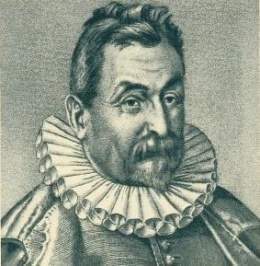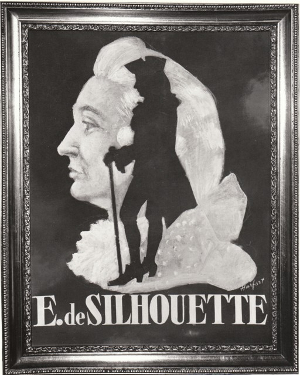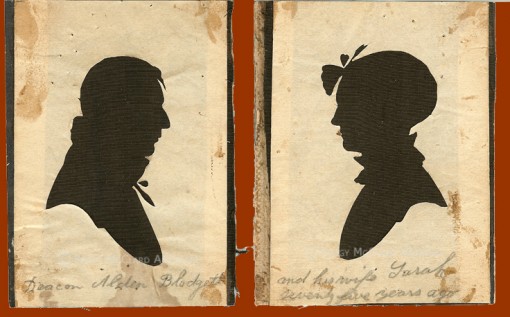
posted by Simon Kemp
Jean Nicot has left his mark on both the French and English languages. He is, as you’ve already guessed, the man who gave his name to nicotine, the highly addictive, mood-altering substance that’s the essential chemical ingredient in cigarettes, cigars, snuff, and those stick-on patches you use when you’re trying to give up the other ones.
‘How did Nicot come to give his name to this most dangerous of parasympathomimetic alkaloids?’ I hear you ask.
Because he was the man who introduced tobacco to the French court in the sixteenth century.
‘Was he then a swashbuckling adventurer, bringing exotic herbs and spices from far-off lands new-discovered across the Atlantic Ocean?’
Not exactly.
‘Where did he bring it back from, then?’
Portugal.
‘But the tobacco itself came from somewhere more exciting?’
From his back garden, actually.
‘Grown from seeds he got from…?’
A seed salesman.
‘Who got them from…?’
Belgium.
‘Ah.’

Jean Nicot (1530-1604) was a courtier at the court of King François II, who was sent as an ambassador to Portugal in 1559 to negotiate a marriage between the six-year-old king of Portugal and a five-year-old French princess. It didn’t go too well, and he was eventually forced to flee the country two years later.
Before he ran away, though, he had time to plant a crop of tobacco from some seeds bought from a Flemish merchant, and in 1660 he sent some dried, powdered tobacco leaves to the French king’s mother. He told her to get the king to snort the powder because it would cure his migraines. History does not record whether or not it worked.
Tobacco did, though, quickly become highly fashionable among well-to-do French people keen to imitate royal habits. After a while, they even discovered you could smoke it. It was often known as l’herbe de Nicot, and Nicot’s name became permanently associated with it. (This was possibly helped by the fact that Nicot was keen on renaming tobacco as ‘Nicotiane’, and later in life compiled one of the first ever French dictionaries.) When the plant came to get a Latin name, it was called Nicotiana tabacum in his memory, and from there its chief psychoactive chemical took the name nicotine.
Right to the end of his life, Jean Nicot was convinced that tobacco was a medicine and that he was doing everyone a favour by starting the trend for it.
French culture would never be the same again.












